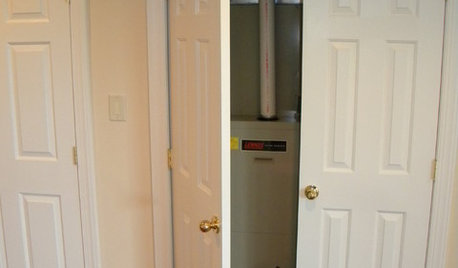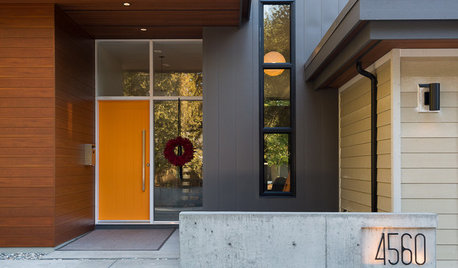Need help creating a maintenance plan
JGT11
11 years ago
Related Stories

REMODELING GUIDESCreate a Master Plan for a Cohesive Home
Ensure that individual projects work together for a home that looks intentional and beautiful. Here's how
Full Story
SHOP HOUZZShop Houzz: Products to Help You Create a Gallery Wall
Curate a stunning collection for a gallery wall that makes an artful statement
Full Story
COLORPick-a-Paint Help: How to Create a Whole-House Color Palette
Don't be daunted. With these strategies, building a cohesive palette for your entire home is less difficult than it seems
Full Story
DECORATING GUIDESHow to Create Quiet in Your Open Floor Plan
When the noise level rises, these architectural details and design tricks will help soften the racket
Full Story
LANDSCAPE DESIGNHow to Help Your Home Fit Into the Landscape
Use color, texture and shape to create a smooth transition from home to garden
Full Story
HOUZZ TOURSMy Houzz: Luminous and Low Maintenance in New Orleans
See the new build that replaced a hurricane-ravaged house, beginning a new chapter for a retiring couple
Full Story
MOST POPULARA First-Time Buyer’s Guide to Home Maintenance
Take care of these tasks to avoid major home hassles, inefficiencies or unsightliness down the road
Full Story
LANDSCAPE DESIGN7 Low-Maintenance Lawn Alternatives
Turf isn't the only ground cover in town. Get a lush no-grass lawn with clover, moss and other easy-care plants
Full Story
MONTHLY HOME CHECKLISTSYour Spring Home Maintenance Checklist
When winter weather departs, it’s time to check for damage and prepare for warm days ahead
Full Story
CURB APPEALEntry Recipe: Low-Maintenance Meets Contemporary Curb Appeal in Canada
A neighborhood-appropriate mix of textures and colors invites visitors to linger as they approach
Full StoryMore Discussions







tiemco
JGT11Original Author
Related Professionals
Allentown Landscape Architects & Landscape Designers · Horsham Landscape Architects & Landscape Designers · Waunakee Landscape Architects & Landscape Designers · Woodinville Landscape Architects & Landscape Designers · Ellicott City Landscape Contractors · La Mirada Landscape Contractors · Paramount Landscape Contractors · Tewksbury Landscape Contractors · Uxbridge Landscape Contractors · West Chester Landscape Contractors · West Haverstraw Landscape Contractors · Clearfield Landscape Contractors · Denton Swimming Pool Builders · Glenn Heights Swimming Pool Builders · Lake Forest Swimming Pool Builders